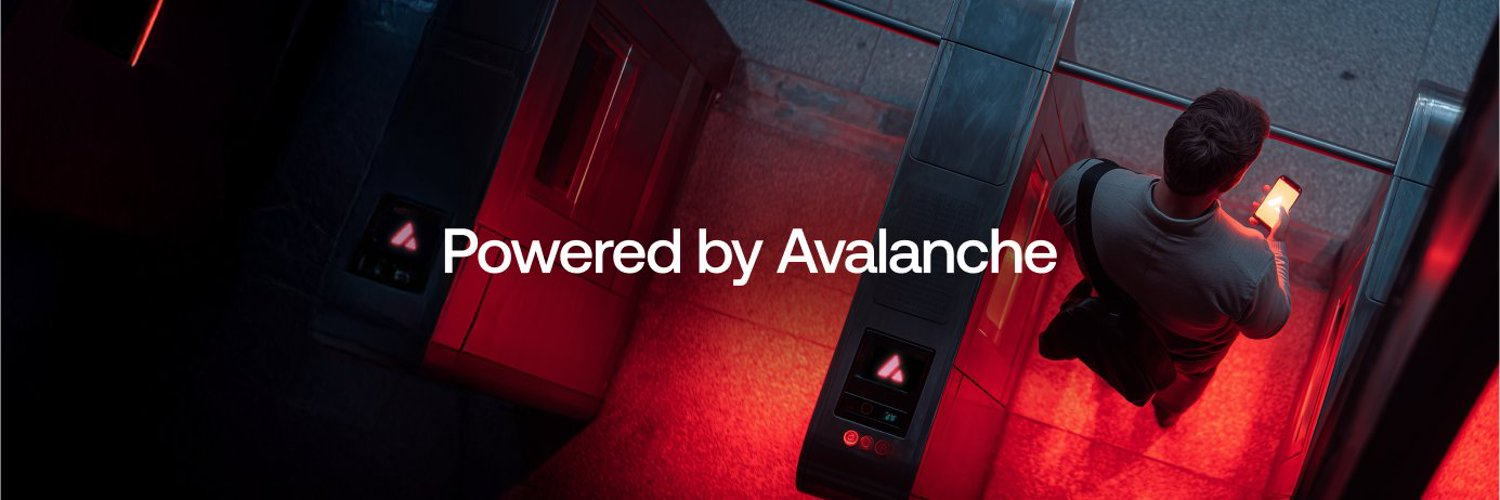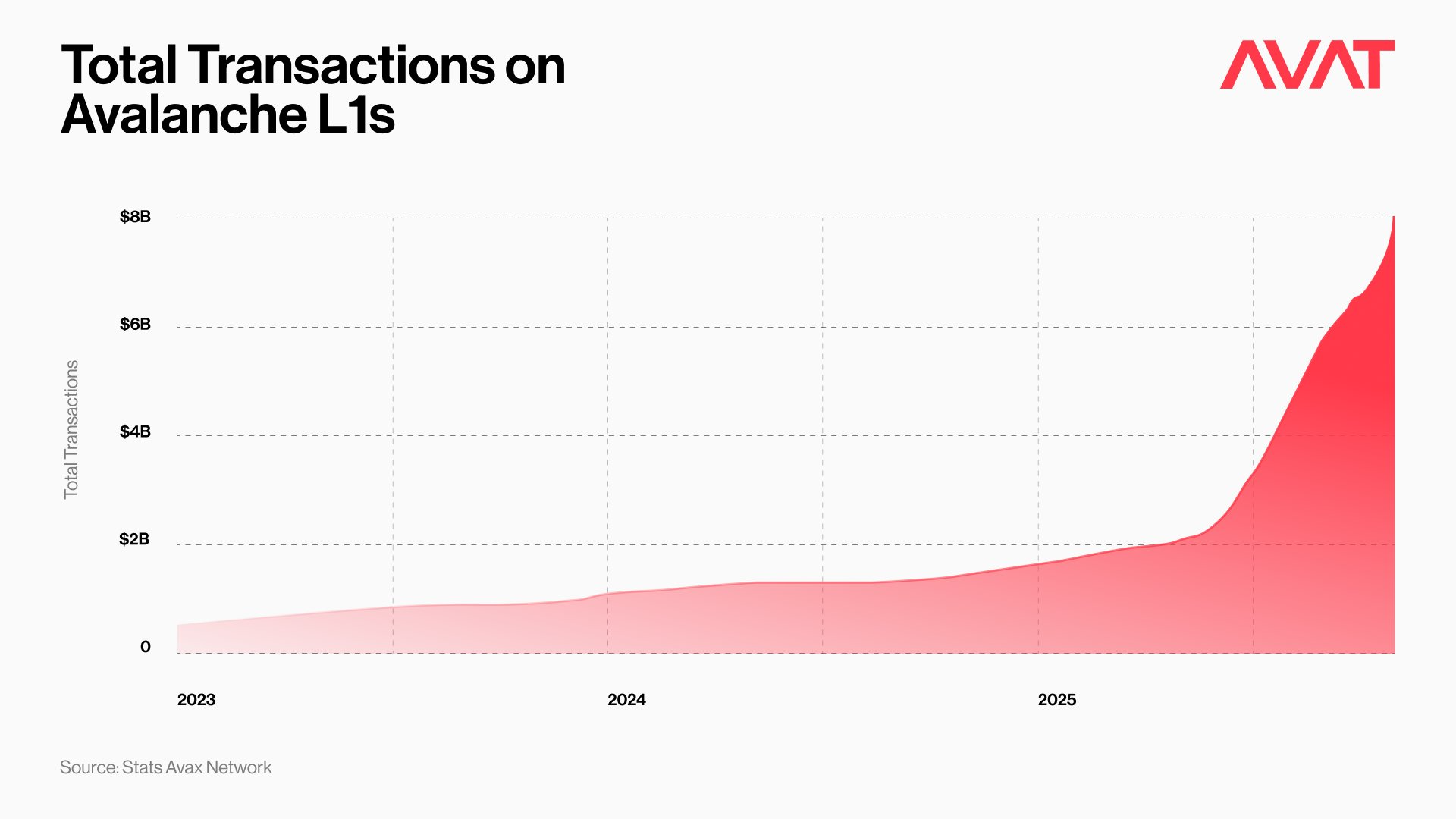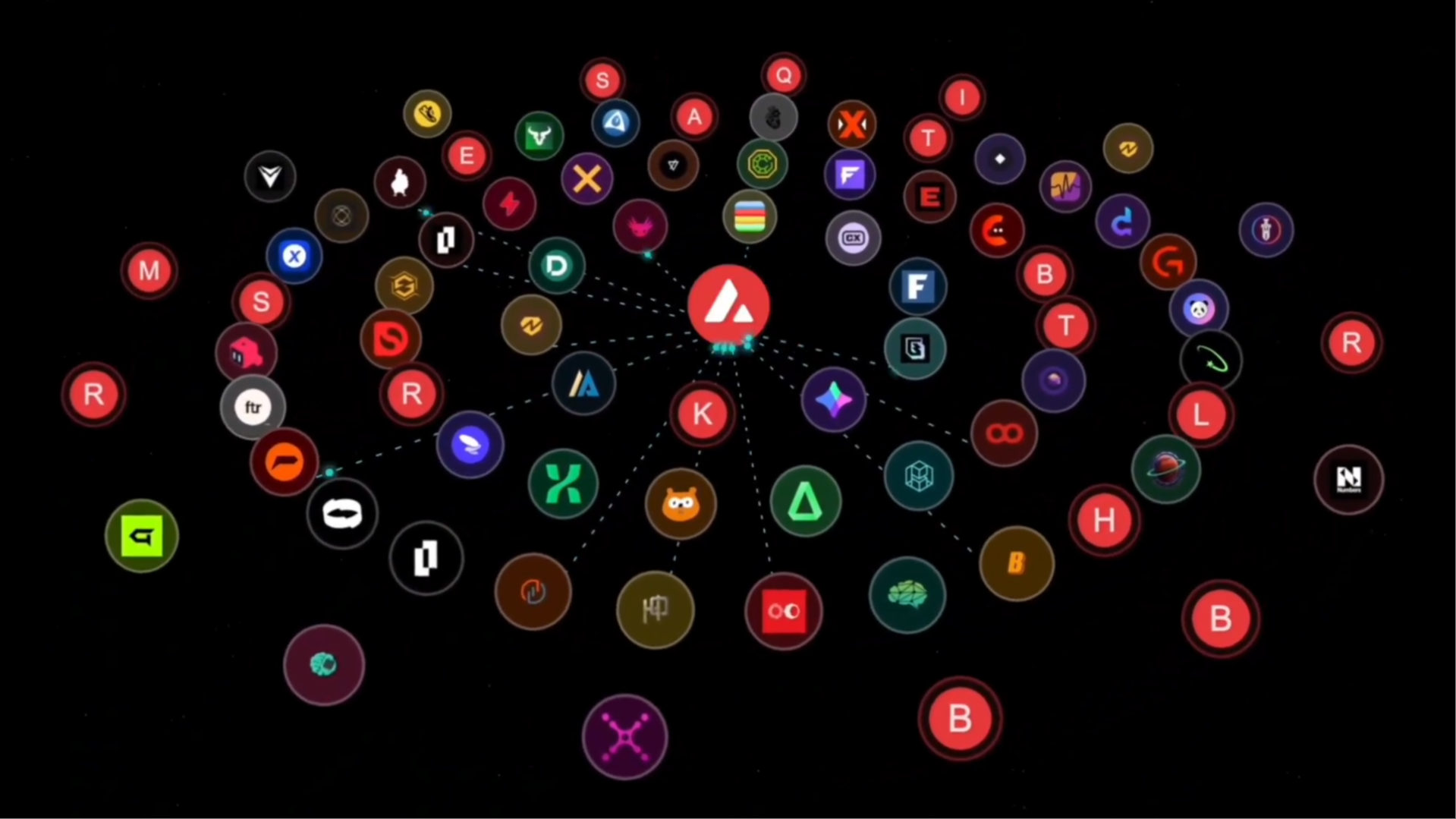In recent months, the conversation around privacy in blockchain has gained momentum. However, Avalanche states that this is not a new topic for them — it has been a core part of their design from the start. While the industry is just beginning to view confidentiality as a priority, Avalanche has spent years building the foundation for users and institutions to operate privately within its network.

Privacy as a Design Principle
Avalanche, known for its high speed and Ethereum compatibility, has developed mechanisms to preserve the confidentiality of both data and transactions. The network combines two main approaches: Private Avalanche L1s and Encrypted ERCs (eERCs).
This dual model serves different needs. While enterprises require regulated privacy and access control, more technical users seek tools that protect their information in public environments.
Private Avalanche L1 Chains
Private L1s operate with a restricted set of validators and a system that hides transaction data from the public. This setup is ideal for entities that handle sensitive information or must comply with regulations such as KYC (Know Your Customer) and AML (Anti–Money Laundering).
A key example is Intain, a platform that uses its own private chain on Avalanche to manage financial data such as borrower identities, loan details, and asset valuations. Thanks to this infrastructure, it can operate securely within a market exceeding $5.5 billion in tokenized assets.

Another relevant case is Toyota’s project, which explores using a private chain on Avalanche to handle vehicle information: ownership, usage history, insurance, or carbon credits. This approach allows compliance with global data protection regulations and helps prevent fraud in cross-border processes.
These private chains — built on the Avalanche Evergreen platform — have become a key tool for institutions looking to adopt blockchain technology without exposing confidential data.
eERCs: Privacy Within the Public Chain
The second privacy pillar in Avalanche is Encrypted ERCs (eERCs). This standard was introduced in March 2025 by AvaCloud and allows encrypted token transfers within the network — without modifying the base protocol or relying on external intermediaries.
In practice, eERCs function just like traditional tokens, but with transaction amounts and balances fully encrypted using zero-knowledge cryptography. This technology enables the transfer of assets such as $AVAX, $BTC.b, $KET, or $USDC without publicly revealing amounts or senders.

The development has been rapidly adopted by the community, with examples like the encryptedERC project, and has inspired new ideas presented at hackathons such as Hack2Build, where use cases included encrypted payrolls, private key management, and confidential legal contracts.
Use Cases and Ecosystem Outlook
Privacy within Avalanche goes far beyond financial use cases. Potential applications include anti-frontrunning in decentralized exchanges, wallet tracking protection, and private data or supply chain management.
Research is also exploring prediction markets, intermediary-free legal agreements, and protected international payments. This approach expands blockchain’s scope beyond full transparency, offering a balance between confidentiality and public verification.
A Future Avalanche Is Already Building
While many networks have only recently turned their attention to privacy, Avalanche has been working on it since 2022.
The creation of its first private L1 and the progress of eERCs demonstrate a consistent strategy aimed at an ecosystem where sensitive data does not compromise security or decentralization.

The challenge now lies in institutional and technical adoption. As regulatory frameworks evolve and demand for privacy grows, these solutions must prove their scalability, interoperability, and security auditability.
However, the direction is clear: privacy is no longer an optional feature but an essential characteristic of the blockchain future. And Avalanche is already ahead on that path.
7
0
NEWSLETTER
Subscribe!
And find out the latest news
Other news you might be interested in
Etiquetas







